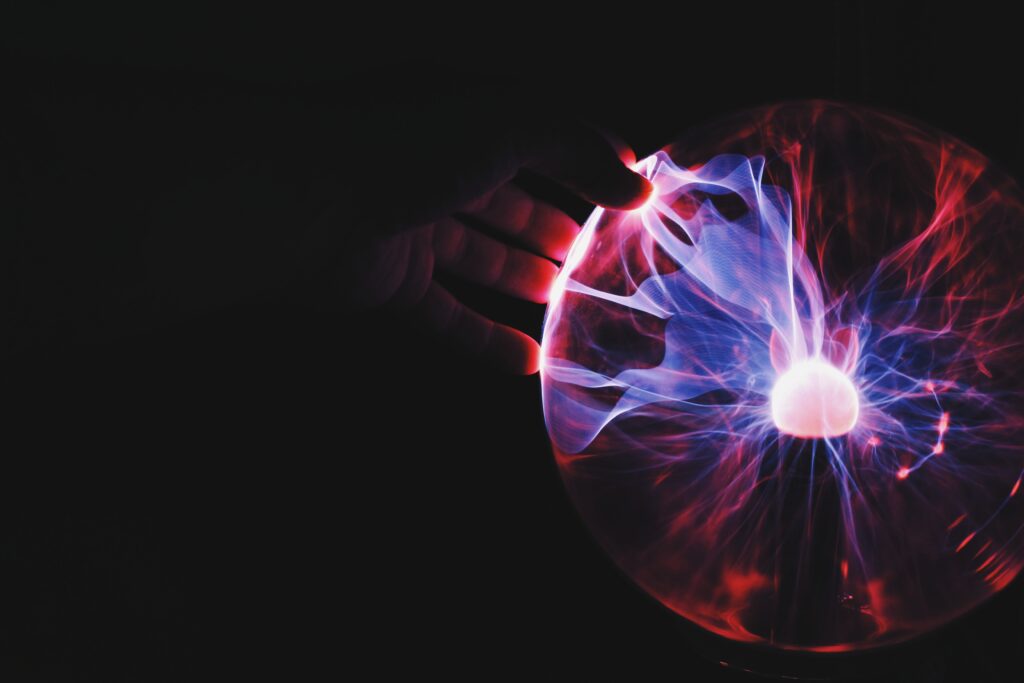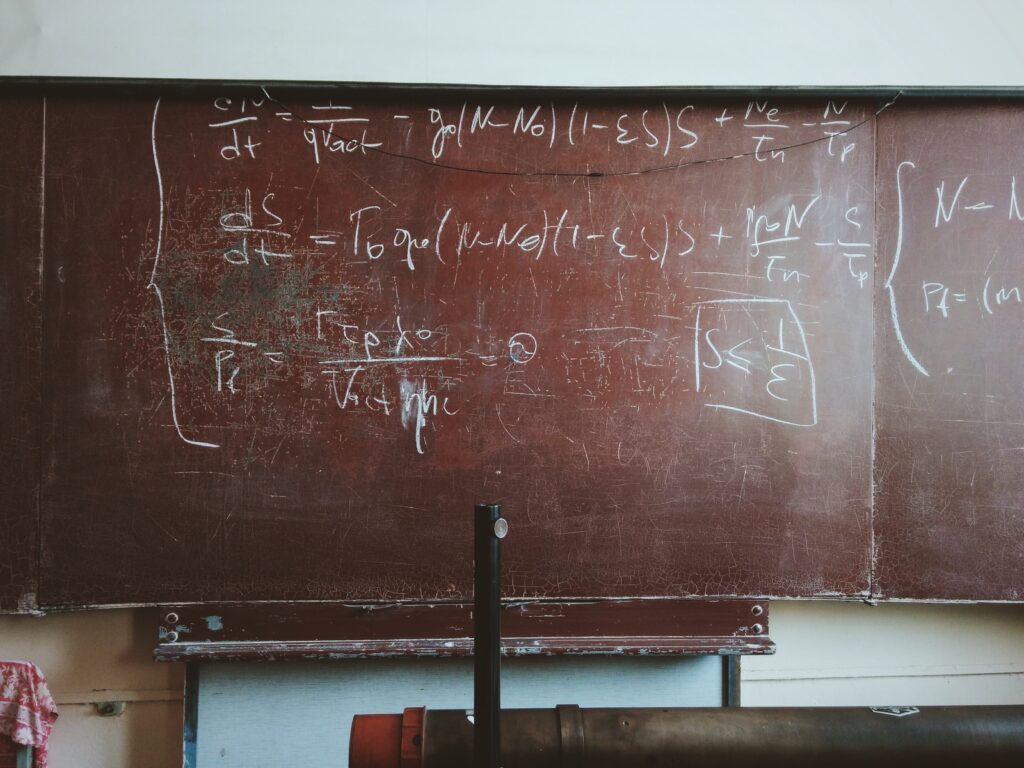Creating artificial general intelligence
INSTILLING A MACHINE WITH THE ABILITY TO LEARN COULD PROVE TO BE THE FOUNDATIONS FOR A TRUE ARTIFICIAL GENERAL INTELLIGENCE

The current preferred method for developing an artificial general intelligence – one capable of generalized learning across any domain – is to develop an algorithm which can infer knowledge from data. Though technically a subset of AI, this approach is known as machine learning.
Recognising the impracticality of having humans programme a machine with all the knowledge it might ever need to successfully pursue any goal, machine learning focuses instead on teaching machines to figure things out independently using data – the machine equivalent of our own ability to learn. In theory, a machine instilled with this ability could be used to discover knowledge within any domain, with access to data being the only constraint to what it could potentially learn. Once developed, its programmers need only feed the machine more data to extend the total sum of its knowledge – the more data, the more intricate the output. Whilst this necessarily involves ceding some control over how learning takes place – which in turn means that there will always be some opacity around how a given outcome has been reached – understanding the basic rules around the construction of these types of programmes enables developers to plan and implement control mechanisms designed to protect against an AI going rogue.
As it stands, no one has yet managed to develop an intelligence capable of true cross-domain learning. A number of programmes have become exceptionally good at completing either a single task or a small subset of tasks – including the likes of Google DeepMind’s AlphaGo which in 2017 won a game of ‘Go’ against reining human champion Ke Jie, a player who had previously stated he would never be beaten by a computer. Whilst impressive, were the rules to suddenly change mid-game – a scenario humans could quickly ‘learn’ and adapt to with varying degrees of success – AlphaGo’s ability to win would likely be impacted, in spite of the advances which the Google Deepmind team have made in broadening its capabilities in the years since the Go win. Without an ability to independently apply learnings generally across domains, machine intelligence will continue to require painstaking iterative improvement by programmers.
ADVERTISEMENT
In his excellent book named after its central model, Pedro Domingos – a prominent researcher in the field of artificial intelligence – details his vision for a general purpose learner capable of discovering knowledge from any domain – a Master Algorithm. Deriving all knowledge in the world from data, the Master Algorithm would make sense of everything we know to date whilst laying the foundations for future progress. Several schools of thought have emerged around how this would be achieved in practice, each disagreeing with the others on where the inspiration for a unified theory of learning should come from and how it may be realised. In reality, realisation of the Master Algorithm will likely result from blending aspects of each school’s respective models into one, with the roadmap set out by Domingos for its development being surprisingly simple:
- Establish the overarching pattern of learning phenomena;
- Introduce these patterns into a high level conceptual model;
- Identify components of existing models which could be combined to realise the conceptual model and the role each is to play;
- Assemble the pieces into a solution
With a roadmap in place, we can now consider what needs to be done in reality to develop a general purpose learner.
RELATED ARTICLES
WHAT IS ARTIFICIAL INTELLIGENCE?
WHILST RESEARCHERS HAVE SPENT OVER SIX DECADES ATTEMPTING TO AGREE UPON A SINGLE DEFINITION OF WHAT ARTIFICIAL INTELLIGENCE ENTAILS, ACTUALLY REALISING THIS AMBITION COULD EVENTUALLY BE BUILT USING JUST THREE SIMPLE OPERATIONS
BY CHRISTOPHER KELLY





